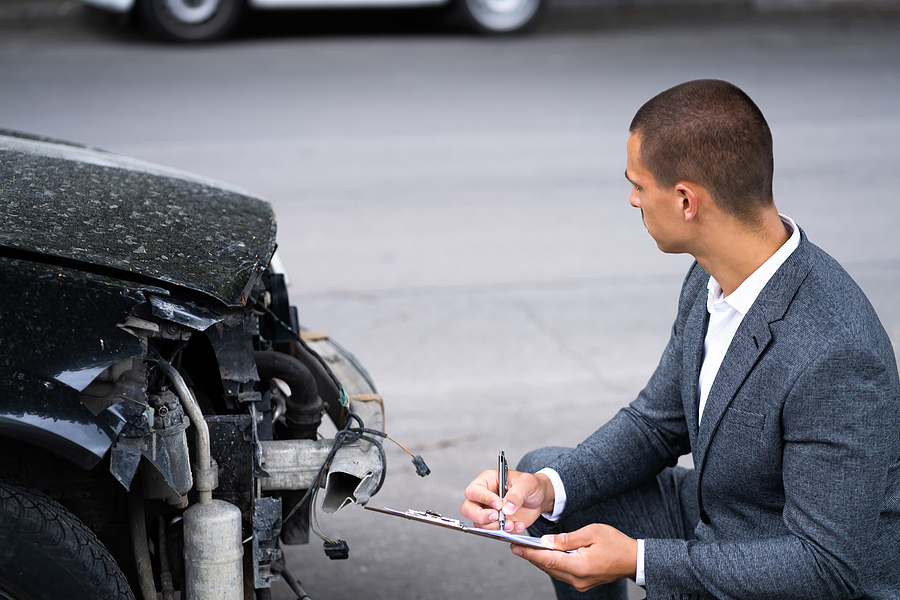
Car accidents can be overwhelming, disorienting experiences, instantly shifting daily routines into moments of panic and uncertainty. Yet, despite the immediate stress, understanding the steps that follow a collision is crucial for mitigating anxiety and ensuring a smoother path through the post-accident landscape. Insurance plays an indispensable role in covering damages and medical expenses, but accessing these vital protections hinges on adhering to specific procedures.
In the critical moments after an impact, your actions, or inactions, can profoundly influence the outcome of your insurance claim. Prompt, informed decisions are key not only to protecting your immediate safety and legal standing but also to safeguarding your financial well-being. Knowing what to do can help prevent common pitfalls, expedite the claims process, and ultimately secure the best possible payout for your losses.
This comprehensive guide is designed to empower you with the knowledge needed to navigate the insurance process with confidence and clarity. It outlines 15 essential steps, from the immediate aftermath at the scene of the accident to the final settlement. By following these practical, actionable recommendations, you can ensure that you are well-prepared to handle any situation and optimize your insurance claim.
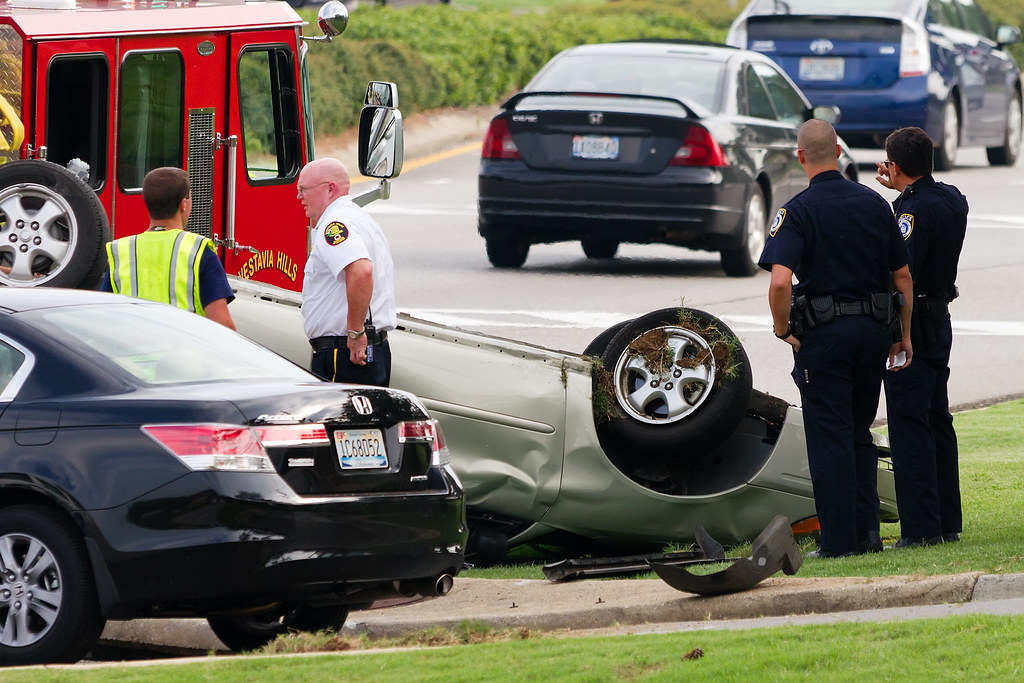
1. **Check for Injuries First**Your immediate priority after a car accident must be to assess your physical condition and that of others involved. Before attempting any movement, carefully check yourself for injuries, looking for obvious signs like cuts, bruises, or burns. It is equally important to note any internal pain or discomfort, which might not be immediately visible. While still seated, try to gently move your limbs to check for full mobility, but stop immediately if you experience any pain. Symptoms such as nausea or dizziness could signal internal injuries, warranting that you remain still and await professional medical attention, even if no overt pain is present.
Once you have assessed your own condition, if you are able, extend your concern to your passengers. Inquire if they are experiencing any pain, dizziness, or nausea, as some injuries may have a delayed onset or might not be immediately apparent. After ensuring the well-being of everyone in your vehicle, proceed to check on the occupants of any other involved vehicles. Should anyone be injured, no matter how minor the injury may seem, it is imperative to call 911 right away or have someone else do so. Prompt medical attention is vital for both health and future claim validity.
It is critical to remember that injuries can sometimes manifest hours or even days after an accident. If you initially feel fine but later experience delayed symptoms or pain, it is essential to seek medical attention without delay. Subsequently, inform your insurer to update your claim with this new medical information. Be aware that each state has specific laws dictating the timeframe within which you must file a personal injury claim, so prompt action is always advisable to protect your rights to compensation for medical costs.
Read more about: Navigating Medicare: 12 Essential Gaps in Coverage You Need to Understand

2. **Get to Safety**After ensuring the immediate safety and well-being of all individuals involved, the next crucial step is to secure the accident scene. If no one has sustained serious injuries and your vehicle remains drivable, move it to the safest possible location. This could be the shoulder, an emergency lane, or a median, depending on the specific road conditions. Relocating your vehicle helps to prevent traffic congestion and significantly reduces the risk of secondary accidents caused by the initial collision.
Once your vehicle is safely positioned, activate your hazard lights immediately to increase its visibility to other motorists and serve as a warning. It’s important to understand that moving your vehicle under these circumstances does not imply an admission of fault or liability for the accident. In fact, many states legally require drivers to move their vehicles after minor accidents, particularly on busy thoroughfares like interstates, highways, and exit ramps, to maintain the flow of traffic. Before moving, perform a quick check for fluid leaks, smoke, or unusual noises, as these could indicate mechanical damage that might worsen with movement.
Should your car be undrivable, it is paramount that you remain inside the vehicle and await assistance. In areas with high traffic volume, exiting your vehicle prematurely can expose you to the severe risk of being struck by another passing vehicle. Always prioritize your personal safety by evaluating the surrounding situation before stepping out of your car. If your vehicle requires towing or more extensive repairs at the scene, ensure you contact roadside assistance promptly to arrange for its removal and transport. Additionally, if available, deploying road flares can further enhance visibility and warn approaching drivers. If you detect the smell of gasoline or observe smoke, move as far away from the vehicle as safety permits and never attempt to extinguish a fire yourself.
Read more about: The $15.8 Million Presidential Custom Fleet: A Deep Dive into High-Security Transportation and Campaign Operations

3. **Call the Police / Notifying Authorities**Even if a car accident appears to be minor, reporting the incident to the police is a critical step that should not be overlooked. While it’s true that in some jurisdictions, officers may only respond to accidents involving injuries or significant property damage, initiating a call ensures that an official record of the event is created. Should an officer be unable to arrive at the scene, you can often file a report directly with the local police department yourself. This official documentation is not just a formality; it is a foundational piece of evidence for any subsequent insurance claims or, if necessary, legal proceedings.
A police report serves as an objective account of the accident, often including detailed statements from drivers, passengers, and any witnesses present. Insurance companies heavily rely on this report to objectively assess fault and efficiently process claims. Law enforcement officers may also note traffic violations that occurred, which can significantly influence liability determinations. While very minor incidents might not strictly require police involvement, obtaining an official report is a proactive measure that can prevent disputes and complications with insurers later in the claims process.
When officers respond to the scene, be prepared to provide them with your driver’s license, vehicle registration, and proof of insurance. During your description of the incident, it is crucial to stick strictly to the facts and avoid any speculation about fault or, importantly, admitting responsibility. Any statements you make could be used during the claim assessment. Always remember to obtain the officer’s name and badge number, and inquire about the process for obtaining a copy of the official report once it is finalized. This report can bolster your claim significantly, providing crucial evidence to support your account of events.
Beyond police reports, in some states, drivers are legally required to file an accident report with their state’s Department of Motor Vehicles (DMV) or a similar governmental agency. These state-level reports typically demand specific details such as the exact time, date, location, and circumstances surrounding the accident, along with comprehensive insurance information for all parties involved. It’s vital to be aware that many states impose strict deadlines for submitting these reports, often ranging from 10 to 30 days after the incident. Prompt action in filing these reports is therefore essential to comply with state laws and avoid potential fines or legal repercussions for failing to report when required.
Read more about: From Street Takeovers to Uninsured Nightmares: The Wildest Automotive Hits You Won’t Believe

4. **Exchange Information and Take Photos / Documenting the Scene**Thorough documentation at the scene of an accident is paramount for a successful insurance claim, regardless of whether police officers are present. The more evidence you meticulously collect, the stronger your position will be when engaging with insurance companies. If police respond, they typically facilitate the collection and exchange of information among all involved parties. However, if officers do not arrive, it becomes your responsibility to exchange critical details with the other driver directly.
You will want to gather specific information to ensure you have a complete record. This includes the other driver’s full name, address, and phone number, as well as their insurance company’s name and policy number. Additionally, collect their driver’s license number and license plate number, along with the make, model, and color of their vehicle. It is also highly advisable to obtain contact information for any passengers or independent witnesses who may have observed the accident. This comprehensive data forms the bedrock of your claim.
A crucial piece of advice to heed at the scene is to exercise extreme caution with your words. Avoid making any statements that could be interpreted as admitting fault or discussing who you believe caused the accident. Even an innocent apology, often offered out of courtesy or shock, could be misconstrued as an admission of liability by insurance adjusters, potentially complicating your claim. Maintain a factual and objective demeanor throughout these interactions, as your initial statements can set the foundation for your entire claim and directly affect the amount of compensation you may be able to recover.
Utilize your smartphone or a camera to take a wide array of photographs of the accident scene. Capture images of all vehicles involved, specifically highlighting property damage, and be sure to photograph license plates clearly. Document the weather conditions, road conditions, and any visible injuries sustained by yourself or others. Take photos from multiple angles to provide your insurer with a comprehensive visual record, which is invaluable for determining fault and assessing damages. Note the precise date and time of the crash, the exact location (including mile markers, cross streets, or prominent landmarks), and the direction(s) you and the other driver(s) were traveling. Furthermore, if you observe any nearby surveillance or doorbell cameras, note their location, as their footage could be crucial in determining fault. If you possess a dashcam, ensure that you save the footage immediately, as this provides an undeniable, objective account of the incident.
Read more about: Your DIY Guide to Car Accident Claims: 10 Powerful Steps to a Faster Payout, No Lawyer Needed
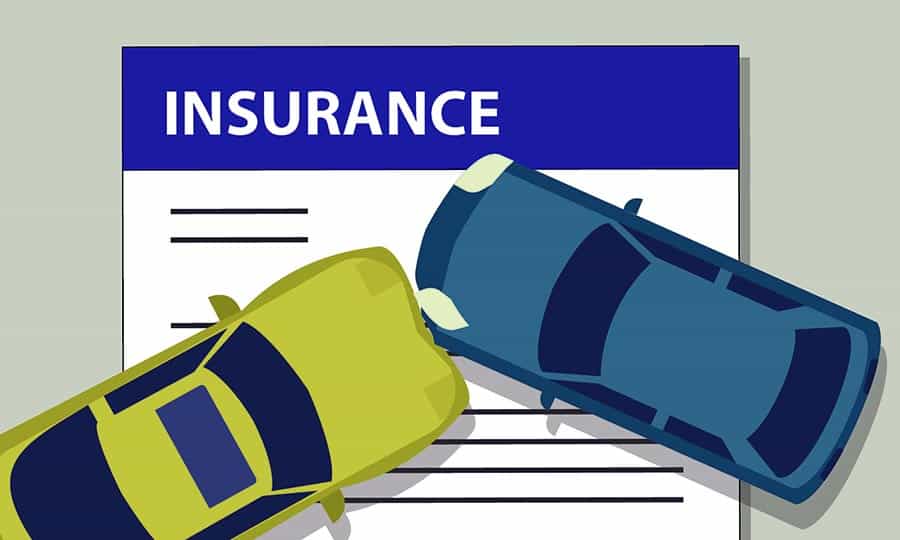
5. **File a Claim / Contacting Your Insurer**Notifying your insurance company as soon as possible after an accident is an absolutely essential step in initiating the claims process. The details of the incident will be freshest in your mind, making it easier to provide accurate information. Most insurance policies stipulate that policyholders must report accidents within a specific timeframe, typically ranging from 24 to 72 hours. Failing to report within this window can lead to significant complications, potentially prompting the insurer to question the claim’s validity or even deny coverage entirely.
When you are ready to file a claim, be prepared to furnish your insurer with comprehensive details about the accident. This includes the precise date, time, and location of the incident, all the information you collected about the other driver, a clear description of what transpired, and any photos or documentation you gathered at the scene. Many insurance companies offer a variety of convenient reporting options, such as dedicated phone hotlines, user-friendly mobile apps, or secure online claim portals, allowing you to choose the method that best suits your situation.
During your initial conversation with the insurance representative, they will likely ask for basic information about the accident, including the vehicles involved, the names and contact details of all parties, and relevant insurance policy numbers. The insurer may also specifically request any photos, videos, or witness statements you have. This initial exchange allows the insurance adjuster to open an official claim file and begin the crucial process of assessing your coverage. It is paramount to be mindful of your wording during this conversation; admitting fault or speculating about the extent of damages could unfortunately impact how your claim is handled and evaluated later on.
As part of the process, it is wise to inquire about the specifics of your policy’s coverage, including comprehensive and collision coverage limits, your deductible amount, and whether your policy includes rental car coverage. Understanding these aspects early on provides a clear picture of what expenses your insurance is designed to cover and helps set appropriate expectations regarding your financial responsibilities. For example, if your policy includes collision coverage with a $500 deductible, you will be responsible for that initial amount before your insurance company covers the remaining repair costs. Being informed about these details can significantly empower you throughout the claims journey.
Furthermore, many insurance policies include clauses that require your full cooperation throughout the entire claims process. This cooperation may involve providing recorded statements, submitting additional supporting documents as requested, or granting access to relevant records, such as medical files if injuries are involved. Failure to comply with these policy requirements could result in frustrating claim delays or, in more severe instances, a complete denial of your claim. Proactive and timely responses to all insurer requests are therefore essential to ensure a smooth and effective claims resolution.
Read more about: The Unexpected Urban Conundrum: Why Owning a Car in the City Can Become a Significant Liability

6. **Follow the Initial Claims Process / Investigation of Claim**Once your claim has been officially reported, the insurance company will promptly initiate its investigation. A dedicated claims adjuster will be assigned to work with you, gathering crucial information to assess the damages and determine fault, especially if you reside in an at-fault state. This investigation typically begins with scheduling an inspection of your vehicle to meticulously assess the extent of the damage and estimate the associated repair costs. The adjuster will compile evidence, including police reports, any photos you provided, and witness statements, all to confirm whether the incident aligns with your policy’s terms and coverage.
During this phase, additional documentation may be requested, such as detailed repair estimates from mechanics or comprehensive medical records if injuries were sustained. It is critical for policyholders to respond to these requests promptly and thoroughly to avoid unnecessary delays in the processing of their claim. Insurance companies often utilize specialized software and extensive industry databases to accurately estimate repair costs, factoring in historical data, current labor rates, and parts pricing. While some insurers may dispatch an appraiser for an in-person vehicle inspection, others increasingly rely on efficient digital claims processing methods.
Following the assessment, you may be presented with the option of having your vehicle repaired or accepting a financial payout. However, if your car is currently financed or leased, your lender or leasing company may have specific requirements, often mandating that the vehicle be repaired rather than allowing you to keep a cash payment. If repairs are authorized and covered by your policy, the insurer will typically approve a repair shop to commence work. You will then usually pay your deductible directly to the auto repair shop upon the completion of repairs. While most insurers allow you the freedom to choose your own repair shop, they might recommend a ‘preferred provider.’ Should you opt for your own mechanic, ensure that your insurer explicitly confirms they will cover the full cost of the repairs as quoted.
If the vehicle damage is extensive and exceeds a certain percentage of its actual cash value (ACV)—often between 70% to 80%—the insurer might declare your car a “total loss.” In such cases, the policyholder typically receives a payout based on the car’s market value immediately prior to the accident, adjusted for depreciation. It’s important to keep meticulous records of all your expenses related to the accident, including medical bills, and retain copies of all communications with your insurance company. In instances where disputes arise concerning fault, the nature of injuries, or insurance coverage, consulting with an attorney for legal guidance may become a necessary step to protect your interests.
For claims involving personal injuries, the insurer will carefully review your medical records to verify that the treatment received is directly related to the accident and falls within the scope of your policy’s coverage. Many policies include crucial coverages like Personal Injury Protection (PIP) or Medical Payments (MedPay) coverage, which are designed to help pay for medical expenses irrespective of who was at fault. Should your injuries lead to lost wages, the adjuster may request employment records to corroborate the loss of income. Understanding these aspects of your coverage is vital for ensuring all your accident-related costs are adequately addressed during the claims process.
Read more about: Unmasking the Money Pits: 12 Vehicles and Recalls That Cost You Dearly After Warranty Expires
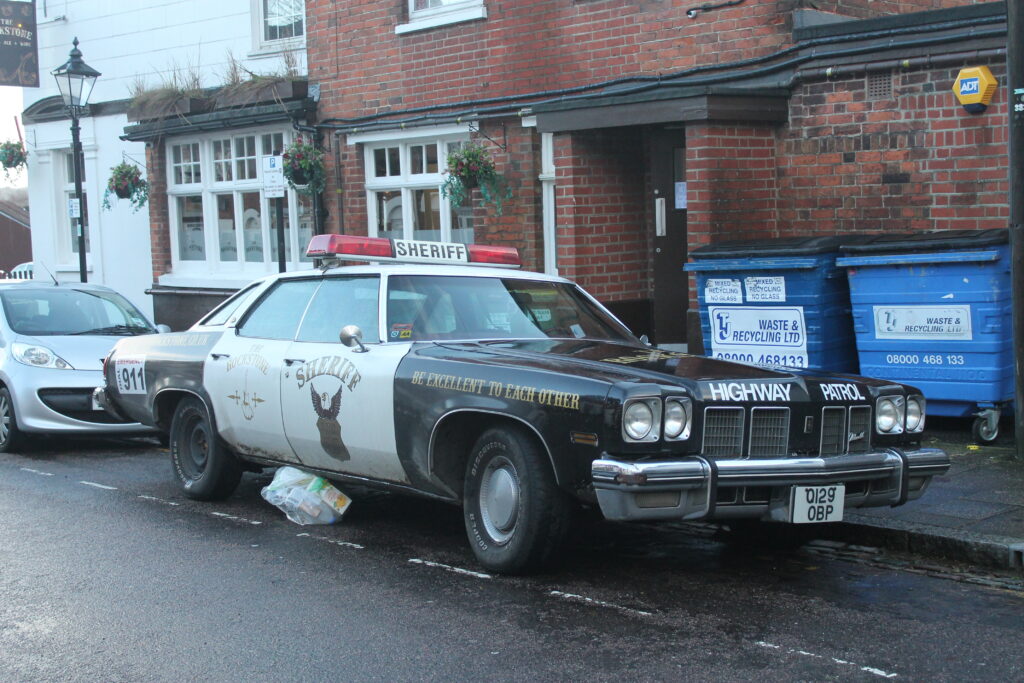
7. **Understanding Liability Determination**A pivotal step in the car accident claims process is the establishment of fault, or liability, as this directly dictates which party’s insurance will be responsible for covering the damages. Insurance companies undertake a thorough investigation, relying heavily on police reports, statements from witnesses, and physical evidence collected at the scene to accurately assess liability. In states that operate under a ‘fault-based’ system, the liability insurance of the driver deemed at fault typically covers the damages incurred by the other party. Conversely, in ‘no-fault’ states, each driver’s own insurance policy may primarily cover their individual losses, regardless of who caused the accident.
The legal frameworks of comparative and contributory negligence significantly influence how liability is ultimately determined and, consequently, the scope of claim payouts. Under a pure comparative negligence system, a driver can still recover damages even if they are largely at fault for the accident, though their compensation will be reduced proportionally by their percentage of responsibility. For instance, if a driver is found to be 80% at fault, they can still recover 20% of their damages. This system allows for more nuanced fault allocation.
In contrast, modified comparative negligence laws establish a threshold for recovery. In states with this rule, a driver is barred from recovering any damages if they are found to be more than 50% or 51% at fault, depending on the specific state’s statute. This means if you are found to be 51% at fault in a 51% modified comparative negligence state, you would receive no compensation. Even stricter, some states adhere to contributory negligence, a framework that entirely prevents a driver from recovering any damages if they contributed to the accident in even the slightest degree, regardless of the other party’s greater fault. These varied legal frameworks are crucial in shaping claim payouts and influencing potential settlement amounts.
Therefore, the question of ‘who pays for car repairs after an accident’ directly hinges on this determination of fault, particularly in at-fault states, and your specific insurance coverage. If the other driver is identified as being at fault and possesses adequate insurance, their insurance policy should cover your vehicle’s repairs. However, if you are determined to be at fault, your collision coverage would typically pay for your repairs, but only after you have met your deductible and assuming the car is not declared a total loss. Furthermore, if the at-fault driver lacks insurance, your uninsured motorist coverage may be able to help cover the costs of your car repairs. In scenarios where both parties share some degree of fault, the insurance companies involved will reference state laws to ascertain the proportionate amount each party should be compensated, highlighting the complex interplay of fault and coverage.
Navigating the aftermath of a car accident extends far beyond the immediate scene, delving into the intricate processes of vehicle repair, medical expense management, and critically, securing a fair insurance payout. As you move past the initial shock and documentation, the subsequent steps require a keen understanding of insurance protocols and your rights as a policyholder to ensure all your losses are fully covered.
Read more about: 14 Jaw-Dropping Secrets Unsealed in the Amber Heard and Johnny Depp Court Documents

8. **Navigating Vehicle Repairs**Once liability is established and your claim is under review, a pivotal phase involves evaluating the damage to your vehicle. If the estimated repair costs are determined to be lower than your vehicle’s actual cash value (ACV), your insurer will typically cover these repairs, after your deductible has been met. This determination is crucial, as it sets the stage for whether your car will be fixed or deemed a total loss.
While most insurance providers afford you the flexibility to choose your own repair shop, they may often suggest a ‘preferred provider’ from their network. Should you opt for a mechanic outside their recommendations, it is imperative to secure explicit confirmation from your insurer that they will fully cover the cost of repairs as quoted by your chosen shop. This proactive step helps avoid potential disputes and ensures your vehicle receives the necessary attention.
It’s also important to consider if your vehicle is currently financed or leased. In such cases, your lender or leasing company may have specific stipulations, frequently requiring that the vehicle undergo necessary repairs rather than allowing you to simply accept a cash payment. When repairs are authorized and completed, you will typically pay your deductible directly to the auto repair shop, completing this phase of the claim. Careful record-keeping of all repair estimates and communications remains vital.
Read more about: The Top 14 Vehicles Built to Go the Distance: Your Guide to 350,000+ Mile Reliability
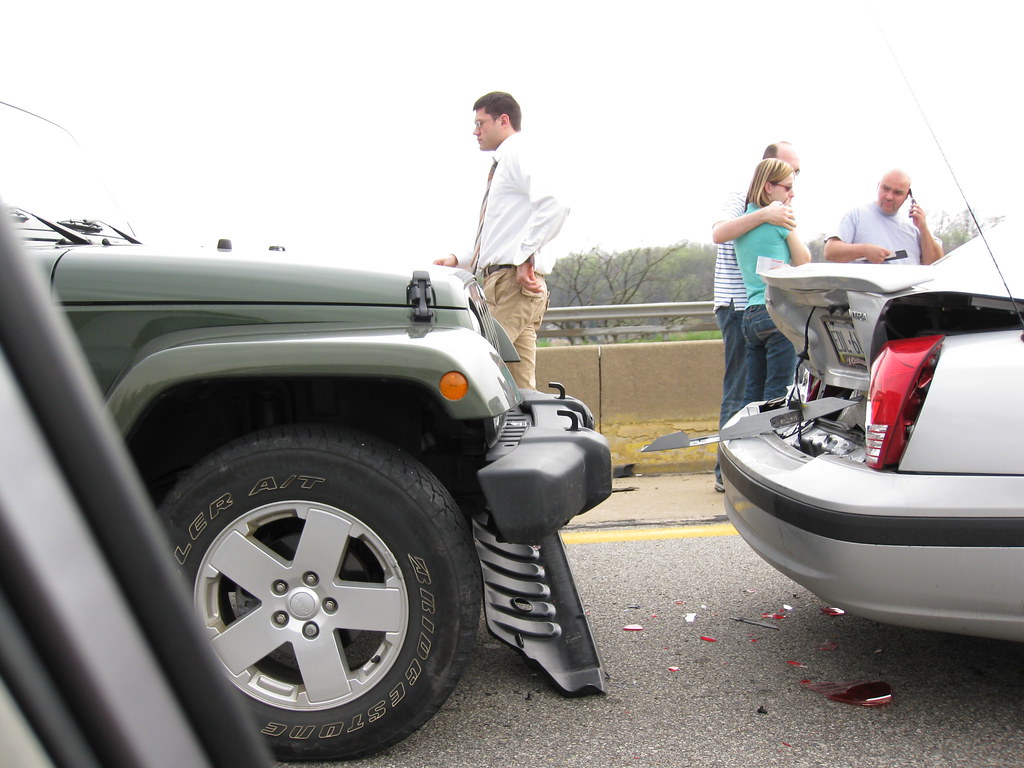
9. **Handling Total Loss Scenarios**In situations where the damage to your vehicle is extensive, exceeding a specific percentage of its actual cash value (ACV)—often ranging from 70% to 80% depending on state regulations—your insurer may declare your car a “total loss.” This means the cost to repair the vehicle is deemed uneconomical compared to its pre-accident market value.
If your car is declared a total loss, the policyholder typically receives a payout based on the car’s market value immediately prior to the accident, with adjustments made for depreciation. However, if there is an outstanding loan or lease on the vehicle, the payment from the insurer may be directed straight to your lender or leasing company. This ensures that the financial institution’s interest in the vehicle is prioritized.
A significant concern arises if your outstanding loan balance is higher than the ACV payout from the insurance company, a situation often referred to as being ‘upside down’ on your loan. In such cases, gap insurance, if you have it, proves invaluable by covering the difference between the insurance payout and your remaining loan balance. If you are dissatisfied with the insurer’s valuation of your vehicle, you have the right to negotiate and provide additional evidence, such as comparable vehicle sales data, to argue for a higher settlement.
Read more about: 15 Essential Car Maintenance Checks to Shield Your Wallet and Drive Safely: A Consumer Reports Guide to Preventing Roadside Breakdowns

10. **Managing Medical Expenses**Accidents often result in injuries, leading to medical expenses that can be covered through your insurance, with the specific coverage depending on your policy and state laws. Many policies include crucial protections like Medical Payments (MedPay) or Personal Injury Protection (PIP) coverage. These are designed to help pay for accident-related medical expenses, and in the case of PIP, may also cover lost wages and rehabilitation costs, often regardless of who was at fault.
Coverage limits for MedPay or PIP can vary significantly, typically ranging from $1,000 to $50,000. Should your medical expenses surpass these limits, you may then seek additional compensation from the at-fault driver’s liability coverage. It is vital to understand these limits early in the process to anticipate potential out-of-pocket costs.
If you choose to use your health insurance for accident-related medical bills, providers may bill them directly, though your regular deductibles and co-pays will still apply. Be aware that some health insurers may pursue reimbursement from any eventual settlement you receive through a process known as subrogation. When dealing with the at-fault driver’s insurance for medical costs, you’ll typically need to submit comprehensive medical records and detailed billing statements to support your claim.
Disputes can arise concerning the necessity of treatment, the duration of care, or arguments about pre-existing conditions, which can lead to frustrating delays in your claim. For severe injuries that may require long-term care or disability benefits, it is crucial to review whether your existing coverage includes provisions for ongoing medical needs and to promptly provide all requested employment records to corroborate any lost income claims.
Read more about: 12 Celebrities Who’ve Navigated Public Courtrooms: From Traffic Woes to High-Stakes Legal Battles

11. **Understanding Your Settlement Offer**Upon the thorough evaluation of your claim, the insurance company will issue a settlement or payment designed to cover damages, medical costs, and other losses deemed within your policy’s coverage. For vehicle repairs, the insurer may either pay the repair shop directly or reimburse you, the policyholder. In cases of a total loss, the payment is calculated based on your vehicle’s actual cash value (ACV), with any deductions for salvage value or outstanding loans.
Medical reimbursements typically follow a similar protocol, with payments directed to healthcare providers or, in certain circumstances, directly to you as the claimant. It’s essential to meticulously track all medical bills and ensure that the proposed reimbursement aligns with your incurred costs.
Disputes over the proposed settlement amounts are not uncommon, particularly if you disagree with the insurer’s valuation of your vehicle or the scope of medical compensation. In such instances, negotiation becomes a critical tool. You can provide additional documentation, such as independent appraisals for your vehicle or expert opinions on medical treatment, to bolster your position. Some policies also include provisions for alternative dispute resolution methods like arbitration or mediation, offering avenues to resolve disagreements without resorting to court.
Should disagreements persist, and the at-fault party’s insurance company refuse a fair settlement, pursuing legal action may become a necessary step to protect your interests and secure adequate compensation. Before accepting any settlement agreement, it is paramount to review it with extreme care, as signing typically implies you waive your ability to seek further compensation for the covered losses.
Read more about: From Street Takeovers to Uninsured Nightmares: The Wildest Automotive Hits You Won’t Believe
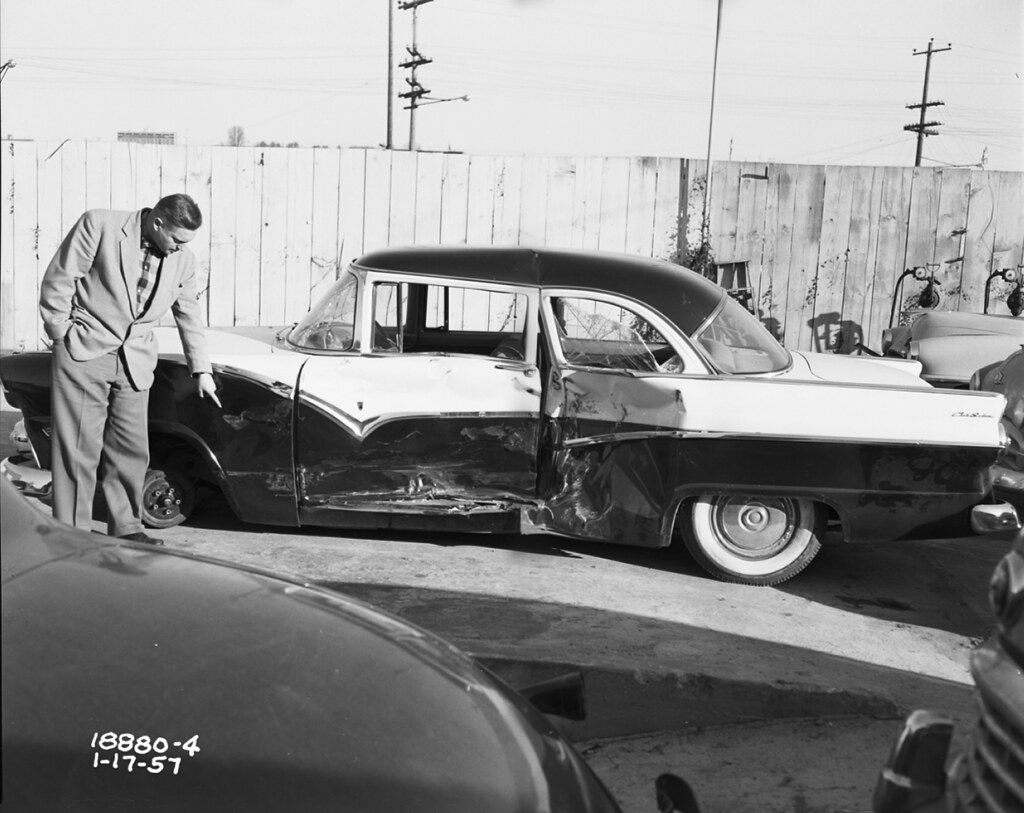
12. **Strategies for Negotiating a Higher Payout**If you find that the initial insurance offer doesn’t quite meet your expectations, it is absolutely possible to negotiate. Making a counter offer that more accurately reflects the full extent of your losses can be a key step towards securing a better outcome. To maximize your chances of success, a strategic approach is essential.
Begin by requesting a detailed explanation from your insurer on how they arrived at their initial figure. Understanding the breakdown of costs involved provides a clear foundation for your counter-argument. If you possess additional information or context that wasn’t initially considered, such as an injury proving more serious than first thought, you should provide this in a written notice. Always include tangible proof of these additional costs, like updated medical bills or repair estimates.
Throughout your interactions, maintaining a polite and professional demeanor is crucial. It’s often beneficial to avoid communicating when you’re feeling frustrated; instead, wait until you can calmly and logically present your case. Along with your detailed explanation, clearly state your counter offer, ensuring it is supported by copies of all relevant bills and comprehensive documentation.
Prioritize written communication, such as email or postal mail, over phone calls whenever possible. This practice creates a vital paper trail, providing concrete documentation of all exchanges and helping to avoid potential verbal miscommunications. If significant notices or offers are conveyed over the phone, always ask for a follow-up notice in writing to ensure clarity and provide a verifiable record.
Should you exhaust these negotiation steps and still struggle to reach a satisfactory compromise with your carrier, it might be time to consider bringing in a public adjuster or contacting your state’s department of insurance. These external resources can offer additional leverage and expertise in advocating for your claim, helping to ensure a fair resolution.
Read more about: Unlock Single-Digit APRs: The Definitive Guide to Negotiating Your Credit Card Interest Rate
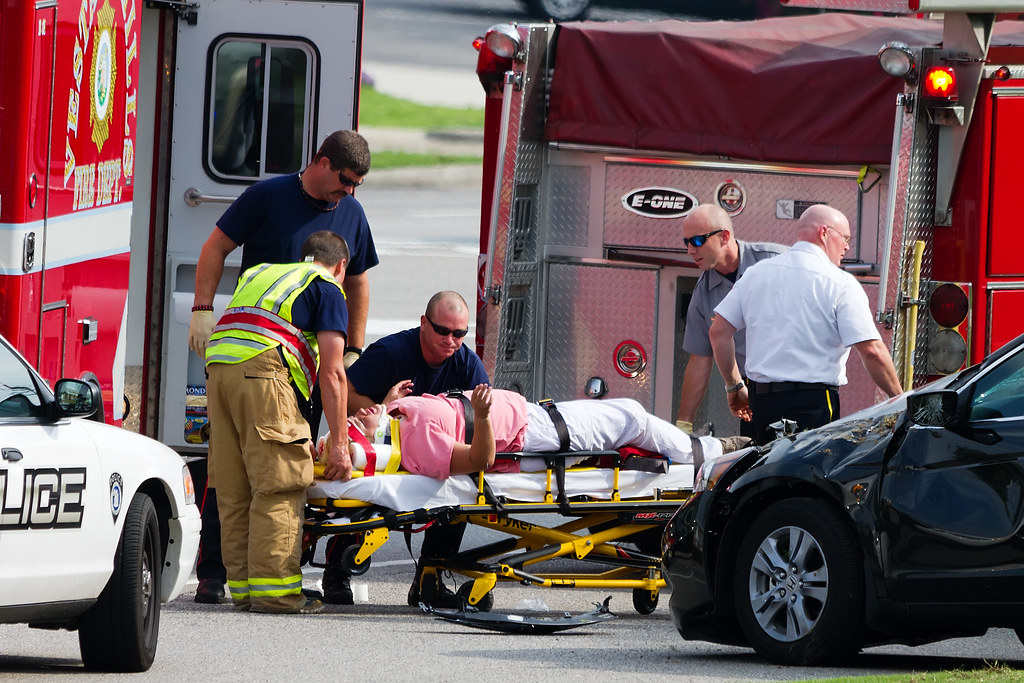
13. **Addressing a Low Settlement Offer**Receiving a settlement offer that feels considerably lower than expected can be a disheartening experience after an accident. To effectively address this, you first need to confirm you have the appropriate coverage types for the damages incurred. For instance, if you were at fault for the accident and your car needs repairs, collision coverage is essential. Relying solely on minimum coverage car insurance often means you will bear the cost of your own vehicle’s damage.
Additionally, scrutinize your coverage limits. If the total damage or medical expenses exceed these limits, you will unfortunately be responsible for paying the difference out-of-pocket. It’s also important to understand compensation for lost wages; in no-fault states, Personal Injury Protection (PIP) typically covers wage reimbursement, while in at-fault states, coverage for lost wages is generally not provided by the at-fault driver’s liability insurer.
Review all paperwork received from your insurer with a meticulous eye for accuracy. If you uncover any errors, promptly submit documentation to your insurer that clearly highlights these discrepancies. Gathering independent estimates for all repair costs, or even multiple estimates from various mechanics, can provide compelling evidence to challenge a low offer and ensure you’re not undersold on repair expenses.
Once you have all your documentation in hand, present your insurer with a well-supported written counter offer. If this counter offer is rejected, or if you continue to face an inadequate settlement, seriously consider consulting with a lawyer or engaging a public adjuster. These professionals specialize in navigating complex insurance claims and can provide crucial advocacy on your behalf.
Read more about: Behind the Chrome: 14 Major Automotive Scandals That Defined an Industry’s Legacy and Consumer Trust
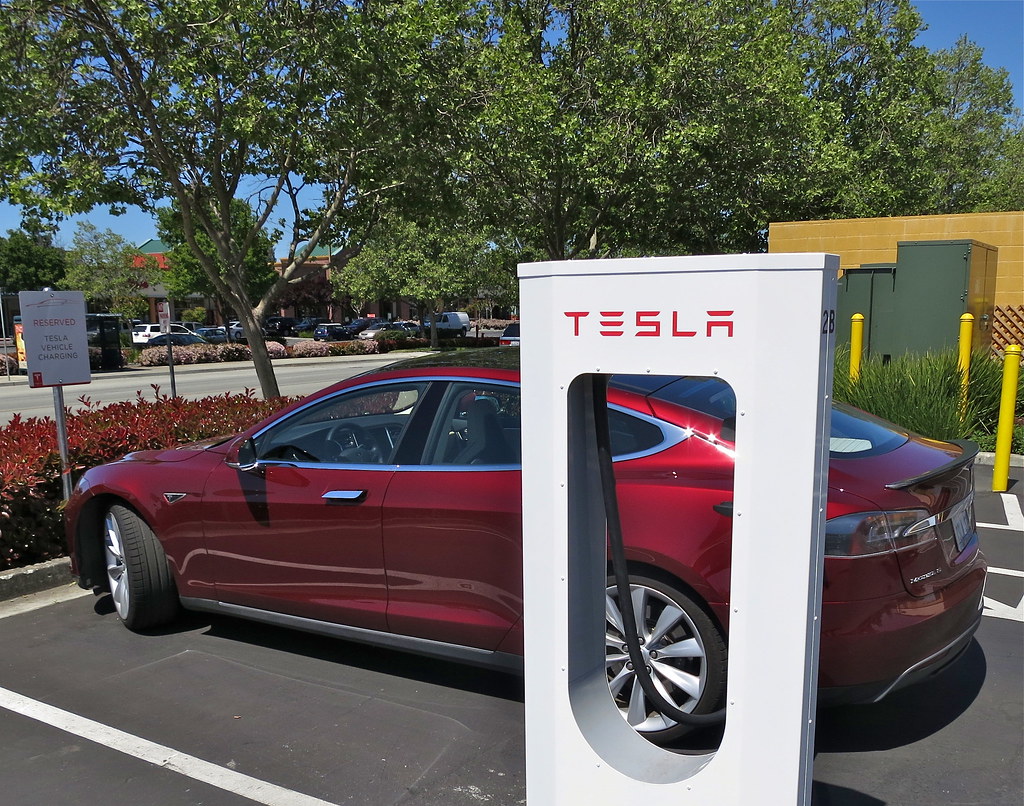
14. **Challenging a Betterment Charge**Many car insurance policies include what is known as a “betterment clause.” This clause stipulates that the policyholder may be required to pay a fee if the repairs made to their vehicle result in an improvement to its condition or value when compared to its state immediately before the accident.
For example, if an older vehicle requires a major component replacement, and a brand-new part is used to repair it, the insurance company might argue that this new part has increased the car’s overall value. In such a scenario, they might impose a betterment charge, expecting you to cover the perceived increase in value.
If you believe that a betterment charge is unfairly applied or that the necessary repairs do not, in fact, add significant value to your vehicle, you have grounds to challenge it. To effectively reject your insurance company’s offer based on a betterment charge, you will need to provide concrete proof. It can be highly beneficial to obtain a detailed statement from your mechanic or another independent expert, explicitly confirming that the repairs were simply to restore the vehicle to its pre-accident condition, not to enhance its value. This expert statement, submitted with your counteroffer, can be a powerful tool in your negotiation.
Read more about: Decoding the Oracle: Warren Buffett’s Enduring Habits and Investment Principles for Long-Term Success
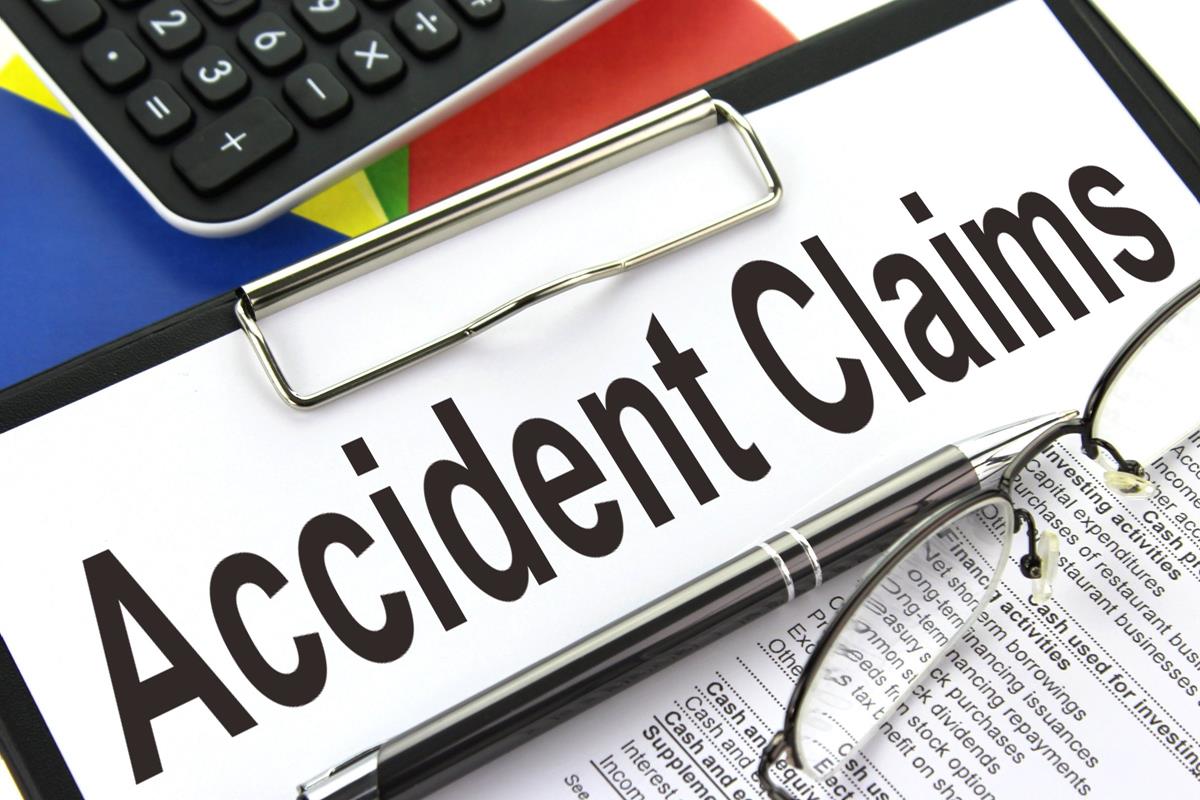
15. **Recourse for Denied Claims**A denied car insurance claim can be incredibly frustrating and disheartening, but it is not necessarily the end of the road. If your insurer denies your claim, your first and most crucial step is to ask specific questions to thoroughly understand the exact reason for the denial. The denial might stem from exclusions outlined in your policy, or it could be that you simply didn’t have sufficient coverage for the type of incident that occurred.
Once you comprehend the basis of the denial, if you still strongly disagree with your insurance company’s decision, you have options for recourse. Begin by collecting any additional evidence that supports your claim, such as witness statements, new medical records, or a re-evaluation of vehicle damage. This evidence will form the foundation of your appeal.
Following this, formally appeal the denial by submitting a detailed letter to your insurance company. This letter should clearly articulate why you believe the denial is incorrect, referencing your policy terms and presenting all the supporting evidence you’ve gathered. Persistent and well-documented communication is key during this appeals process.
In situations where your appeal is unsuccessful, or if you feel the insurer is acting in bad faith, you can escalate the matter. Consider reaching out to your state’s department of insurance, which can often mediate disputes or investigate insurer practices. For complex cases or significant denials, consulting with a legal professional specializing in insurance law can provide invaluable guidance and representation, potentially leading to a more favorable outcome through further negotiation or litigation.
Read more about: Navigating the Exactech Medical Alert: A Consumer Guide to Defective Joint Implants, Recalls, and Your Legal Rights
In the often-turbulent wake of an unexpected car accident, feeling prepared can make all the difference. This guide, spanning 15 essential steps, has illuminated the path from the immediate aftermath to securing your full insurance payout. By meticulously documenting the scene, communicating effectively with authorities and insurers, understanding your policy’s nuances, and advocating assertively for your rights, you equip yourself with the confidence to navigate even the most challenging claims. Remember, your diligent efforts in these crucial stages are not merely procedural; they are the bedrock of a successful resolution, empowering you to protect your financial well-being and move forward with peace of mind.


